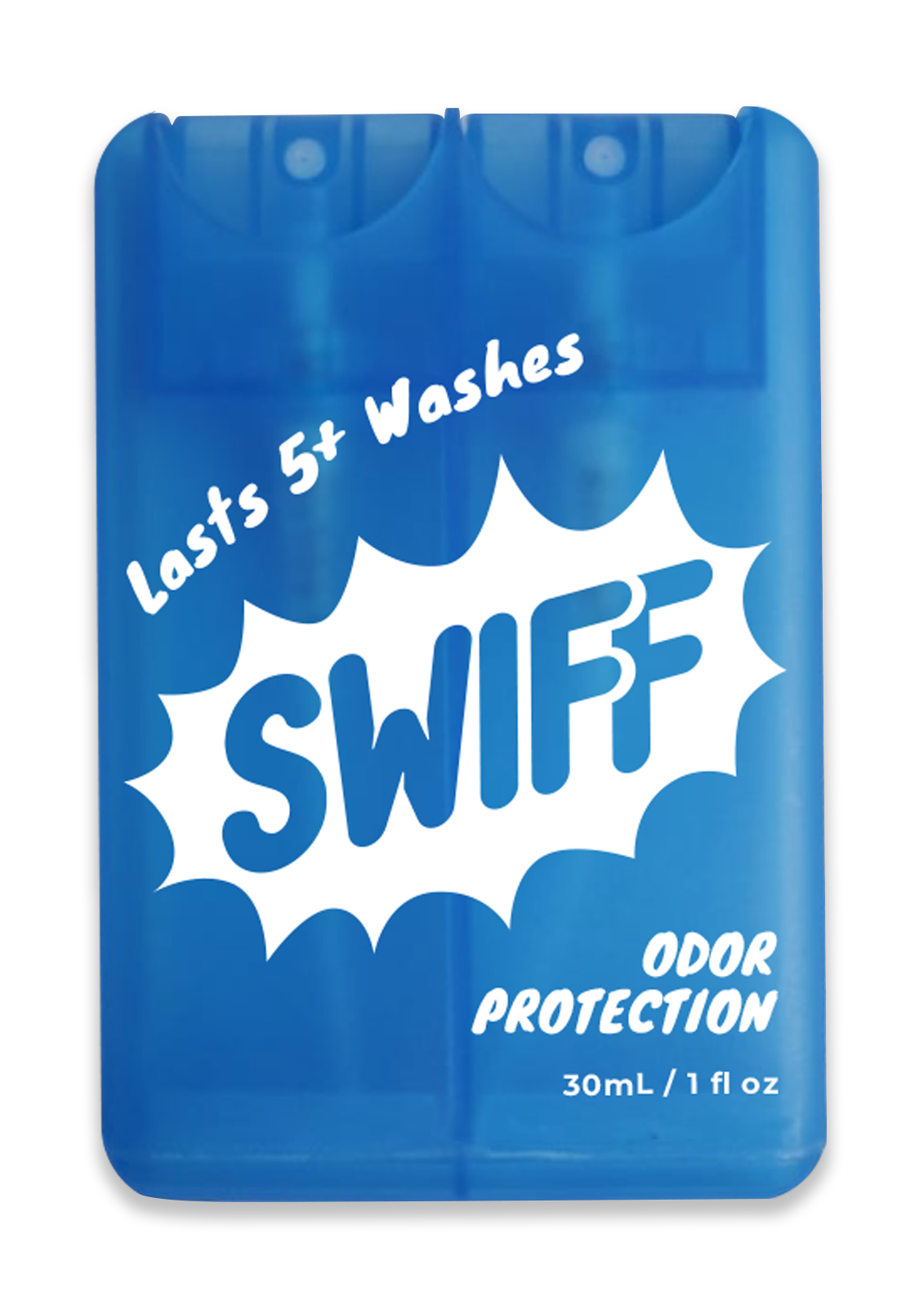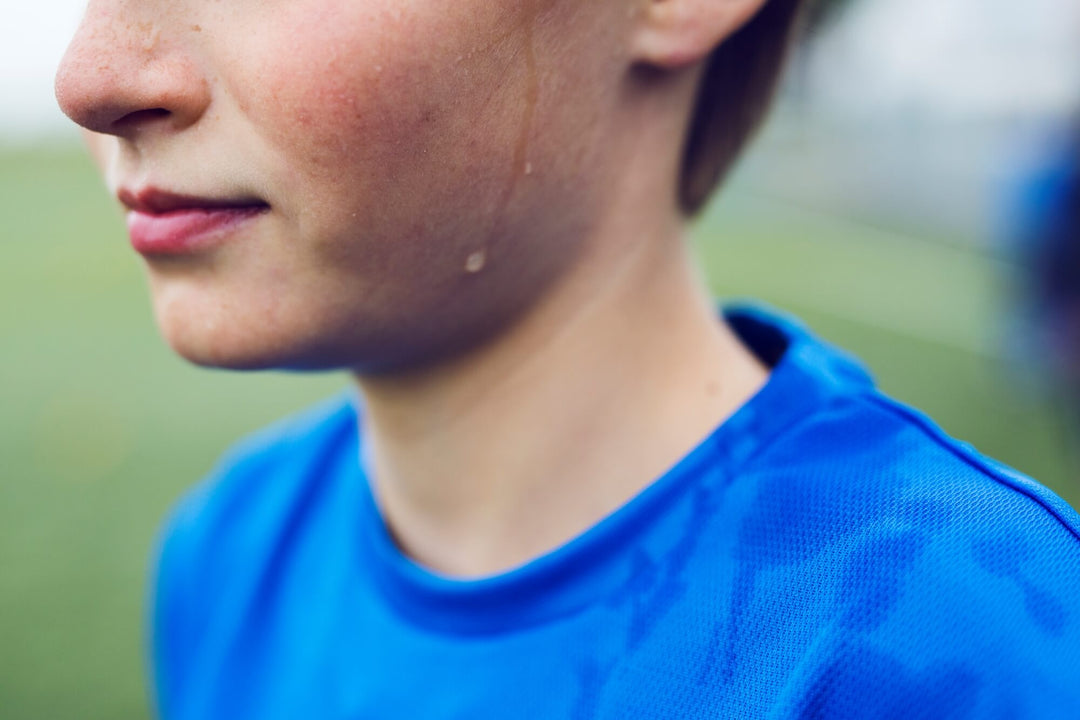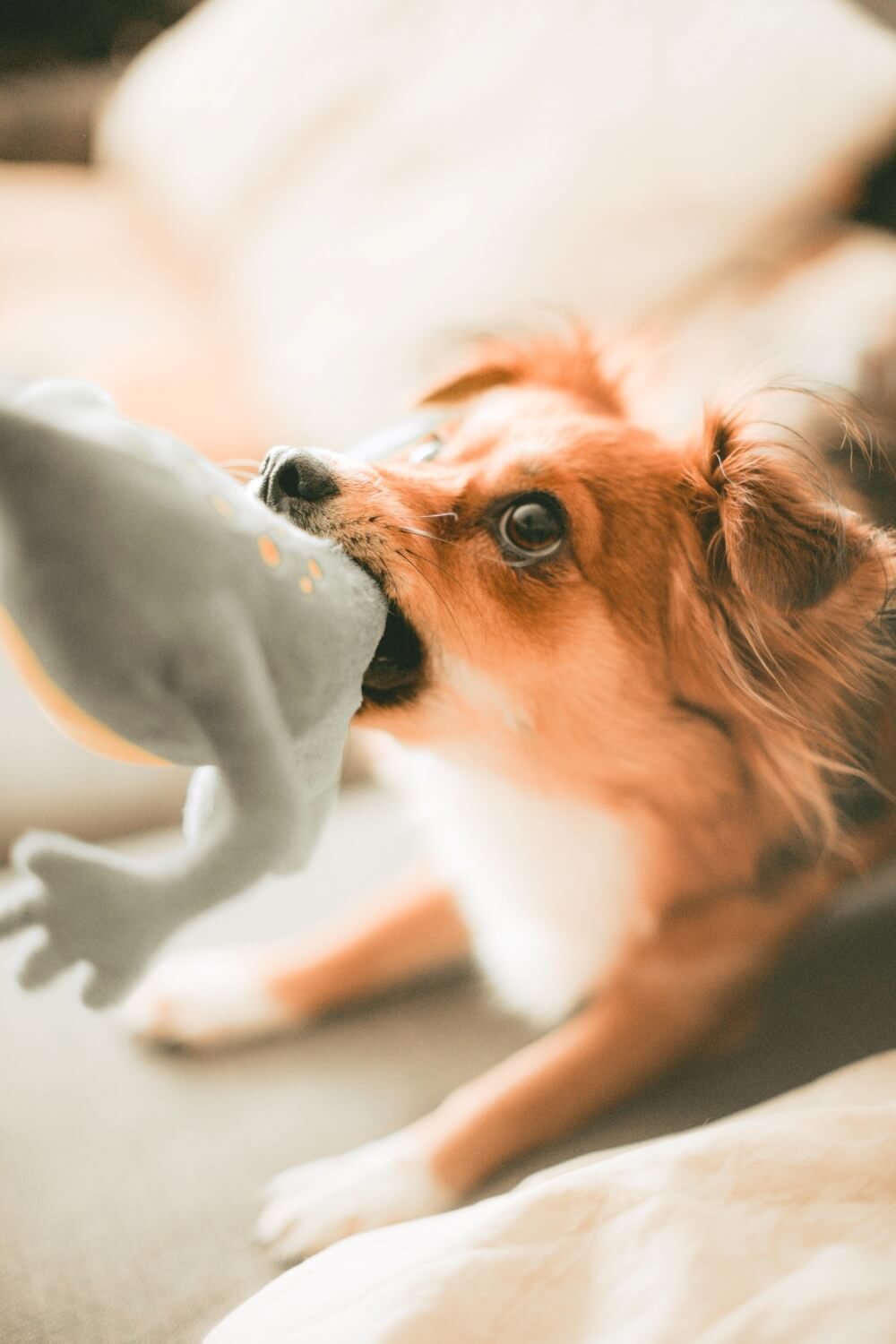Banishing Pet Odors: Conquering the Bacteria Battle
Pets are beloved members of our families, bringing joy and companionship into our lives. But every once and a while, they bring something far worse - PET SMELLS! Dealing with the lingering odors our furry, feathered, and scaled friends leave behind is one aspect of pet ownership that proves challenging. From pee-pee spills and stinkier “accidents”, to dander and sweat, pet smells slowly become an unwelcome part of our homes. Understanding the sources of these odors and how bacteria plays a key role in their development is crucial to effectively combatting them. In this blog post, we'll delve into the world of pet odors, explore the various types of messes responsible for these smells, discuss cleaning solutions available, uncover the connection between bacteria and pet odors, and finally, provide top cleaning tips and products to help neutralize these pesky smells.
Types of Pet Messes and Their Odor Origins:
Pet odors can arise from various sources, each having its unique pungency. Urine accidents, feces, vomit, and even excessive sweating are among the primary culprits. Additionally, pet dander, tiny flecks of skin shed by animals, can contribute to lingering smells and can stick to household items. While these may seem like minor issues in the early days of owning a pet, they can accumulate and lead to a cascade of nasty smells. Moreover, they’re exacerbated by factors such as carpeting, upholstery, confined spaces, and humidity, making it essential to address them promptly and efficiently.
The Role of Bacteria in Pet Odors:
Bacteria are the unsung villains behind pet smells. When pets leave messes, bacteria begin to feast on the organic matter, breaking it down into foul-smelling byproducts. The longer the messes remain uncleaned, the more bacteria proliferate, intensifying the odors. More species can join in, and even dreaded fungi can join the mix, causing stains and worse smells. The distinctive smell associated with pet urine, for example, is primarily caused by the breakdown of urea by bacteria into ammonia. Still, unless all the bacteria are neutralized, they will keep coming back when they get some sustenance to grow on, whether it’s crumbs of food, more pet spills, pet sweat, or something else. Understanding this bacterial connection helps us realize the importance of thorough cleaning to prevent further odor buildup.
Cleaning Solutions to Combat Pet Odors:
Fortunately, a range of cleaning options exists to tackle pet odors head-on. The first step in eliminating pet smells is to clean up the mess promptly and thoroughly. For urine stains, enzymatic cleaners are highly effective as they break down the proteins in the urine that bacteria feed on, preventing odor development. Still, porous surfaces like carpets and upholstery are a perfect home urine and can prevent the proteins from being fully digested by enzymatic cleaners. Baking soda is a fantastic natural deodorizer that can be sprinkled on carpets, furniture, and pet bedding, absorbing odors and leaving a fresh scent. It can also kill some bacteria, but only the surface. Regular washing of pet bedding and toys can also play a crucial role in odor control. Make sure to use a proven laundry detergent, as many brands are starting to launch higher-strength laundry detergents as even the big brands admit, their current solutions just don’t cut it when it comes to killing persistent bacteria.
Top Cleaning Tips and Products to the Rescue:
To combat pet odors effectively, it's essential to have a well-rounded cleaning strategy. Here are some top tips to help neutralize pet smells:
- Act Fast: Clean up messes as soon as possible to minimize bacteria growth and prevent odors from taking hold.
- Enzymatic Cleaners: Enzymatic cleaners are specifically designed to break down pet messes effectively, but be wary that they might not get into the nooks and crevices. They also don’t kill the bacteria that causes odors, enzymatic cleaners just kill the food that bacteria lives on.
- Regular Cleaning Schedule: Establish a routine for cleaning pet bedding, toys, and litter boxes to keep odors at bay. Easier said then done, but do your best!
- Ventilation: Proper ventilation can help disperse odors, especially in confined spaces. Consider opening windows if you can.
- Activated Charcoal: Using activated charcoal in designated areas can absorb and trap odors, but won’t kill the source.
- Air Purifiers: Consider investing in an air purifier to filter out pet odors and allergens from the air. These can also help clear out some of the bacteria that are circulating in the air.
- Professional Cleaning Services: For stubborn odors, professional cleaning services with specialized equipment can be beneficial, but make sure you have recourse in case they don’t actually get the source and the odors return.
- Kill the source with silver-based solutions: Silver is great at killing pet odors, and new products, like SWIFF spray, can kill the bacteria that cause odors, and lasts long enough to kill the next crop.
Pet odors can be a nuisance, but with the right understanding and cleaning solutions, they don't need to be a permanent part of our lives. By addressing the root cause of these smells – bacteria – and employing effective cleaning strategies, we can create a fresh and welcoming environment for both our beloved pets and ourselves. So, next time your furry friend leaves an unpleasant surprise, arm yourself with knowledge and the right tools to conquer the bacteria battle and bid those pet odors farewell!
If you want to learn about the next generation of odor protection products, read up on how SWIFF is helping stop odors here.







